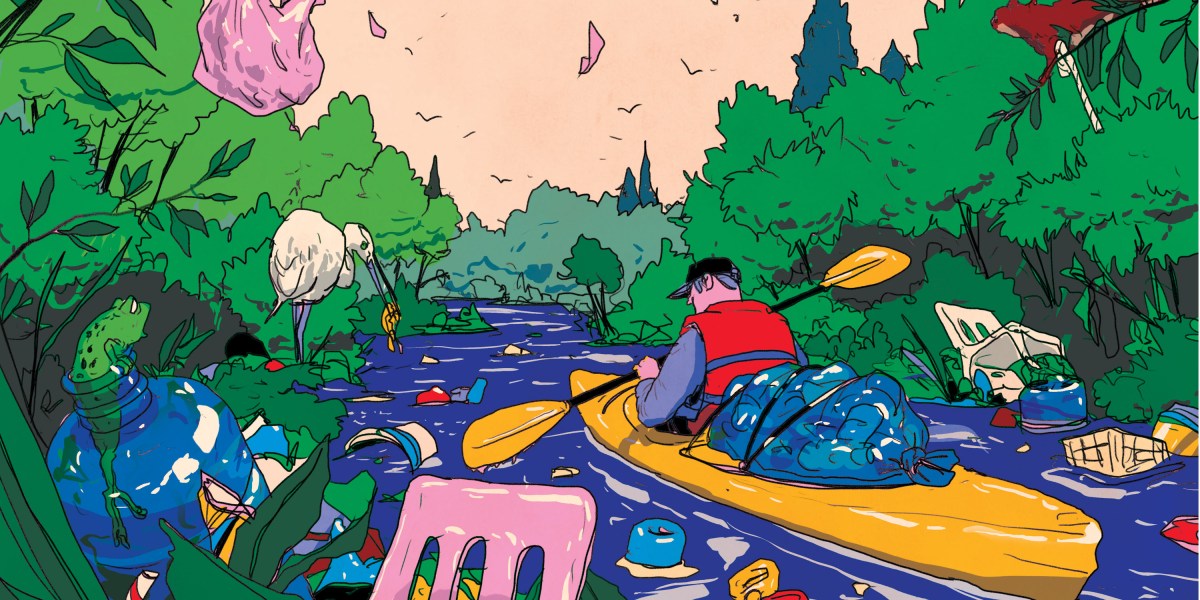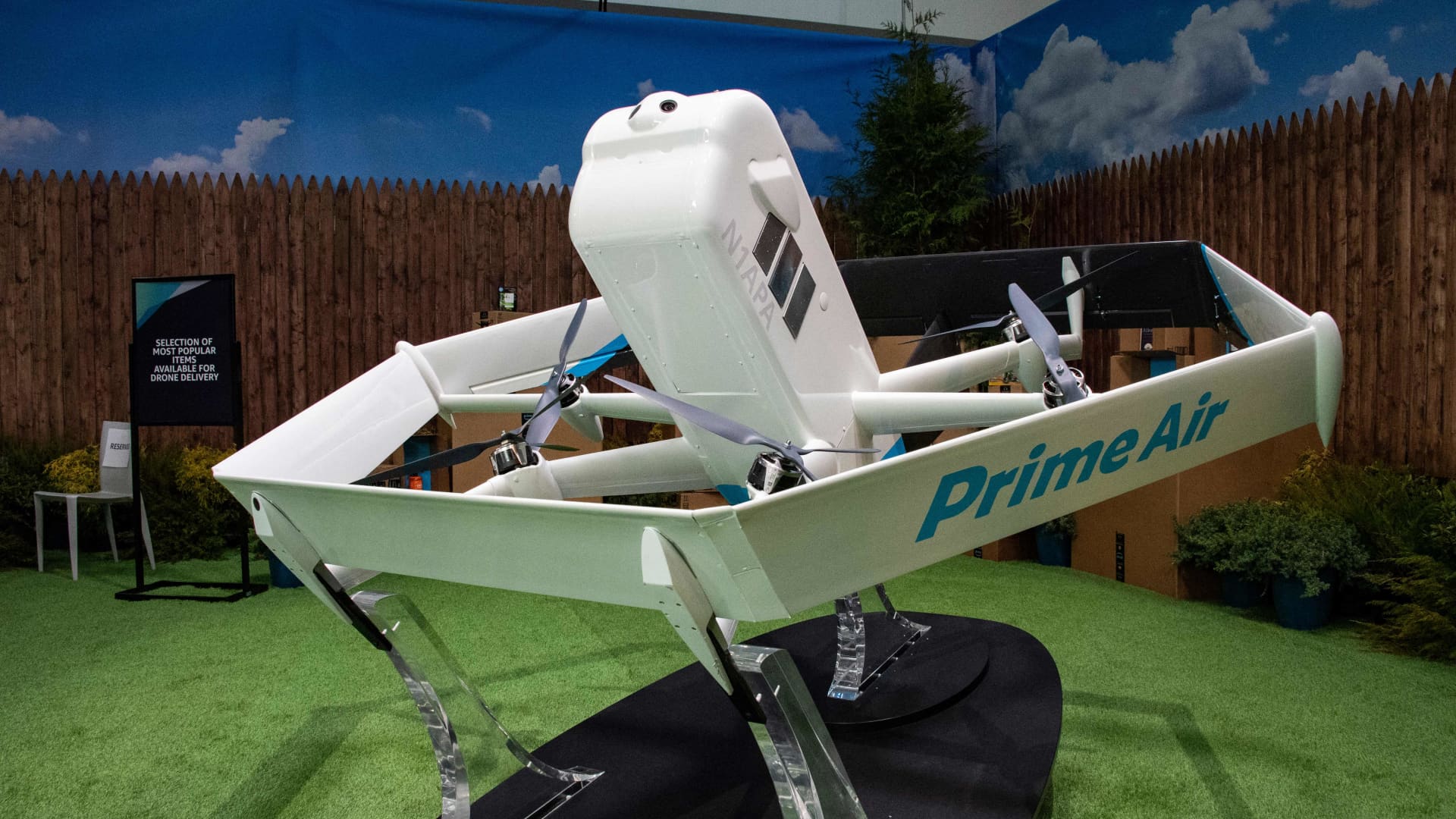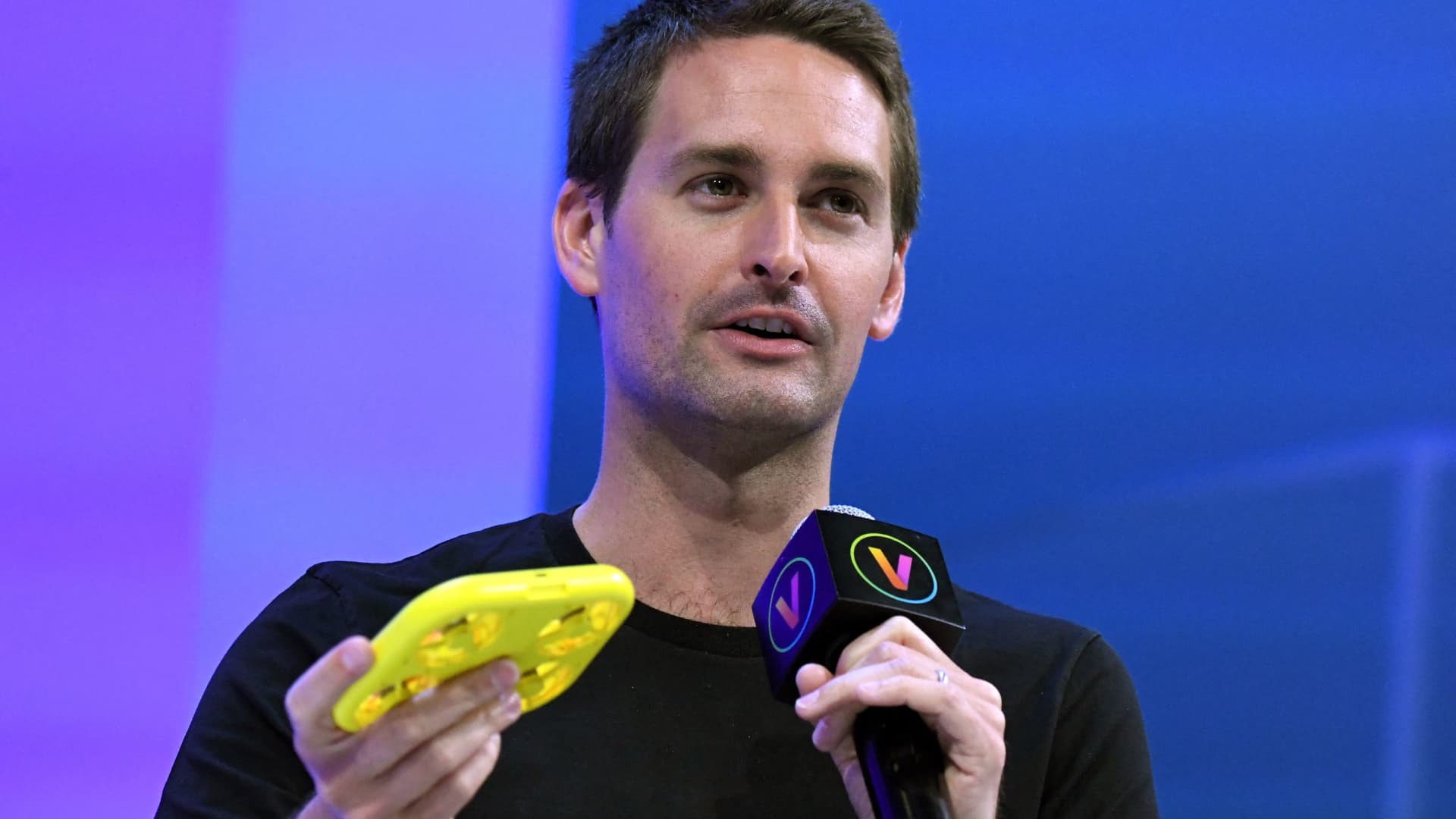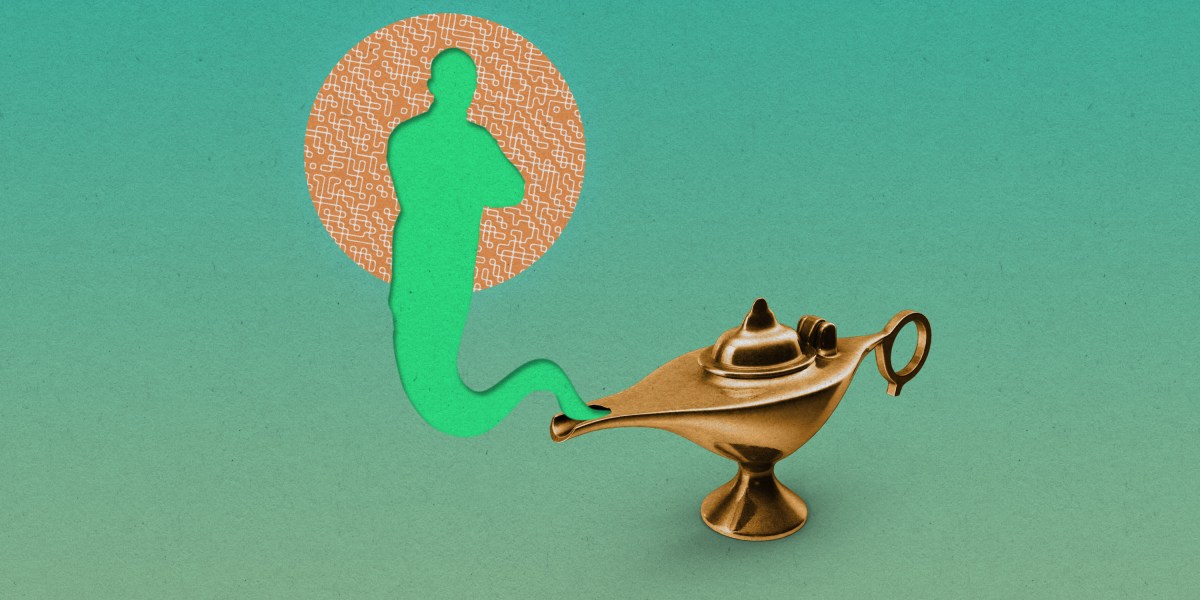Think that your plastic is being recycled? Think again.

Some states, though, have instituted policies that actually hinder progress. Industry lobbyists are increasingly helping to institute state-level laws that prevent bans or limits on the use of plastics, especially plastic bags. Over a dozen states currently have preemptive laws on the books to prevent ordinances limiting plastics, though some of the same states are also trying to pass anti-preemption laws.
Fundamentally, to solve the plastic pollution crisis, society must address the root problem: plastics are shockingly profitable and cheap.
One way to improve recycling—and prevent unwanted health effects and environmental problems—would be to simplify and standardize the process of plastic production, Walker-Franklin says. Currently, more than 10,000 chemicals are used in the production of plastics, and upward of 3,200 have “one or more hazardous properties of concern,” with the potential to harm humans and wildlife, according to UNEP. Very little or nothing is known about the health effects or basic properties of thousands more.
Another way to improve recycling would be to find a way to process mixed polymers into useful materials instead of having to sort everything first. One promising technique, described in an October 2020 study coauthored by Julie Rorrer, then a researcher at MIT, can process polypropylene and polyethylene into propane. Another process, described in a study published in Science the same month, can break down mixtures of common consumer plastics and re-form them into a bioplastic, in part by using an engineered soil bacterium.
Others dream of a day when microbes could be used to recycle or clean up all this waste. One French biotechnology company, Carbios, opened a pilot plant in September 2021 to break down and recycle PET using an engineered form of an enzyme first discovered in compost; it’s currently building a full-scale facility due to open in 2025. In theory, this type of recycling could be truly circular, as it wouldn’t require the high heat that normally causes much of the degradation seen with recycled plastics.
A microbe discovered in Japan in 2016, called Ideonella sakaiensis, produces two other enzymes that can break down PET. This microbe is especially intriguing because it is the first one identified that can live solely upon plastic as a food source. MIT researcher Linda Zhong-Johnson is working to create more efficient versions of the enzymes by tinkering with microbial genes. So far, one mutation she has identified creates an enzyme that appears to be up to 30% more efficient than its original wild form.
Reducing demand
Fundamentally, to solve the plastic pollution crisis, society must address the root problem: plastics are shockingly profitable and cheap because polymer producers do not pay for the abundant harm they cause. Any solution will require policy and behavioral changes small and large.
As an example of the former, policymakers in Washington, DC, instituted a five-cent charge on plastic bags that began in 2010. Estimates suggest that the number of bags used quickly dropped—by more than half in the months after it was instituted—and the quantity found in local waterways dropped between 30% and 70% thereafter. Seemingly tiny changes like this can add up to reduce demand and decrease pollution. Meanwhile, a global EPR scheme would be an example of a major shift, and the UN process is seeking other big changes to the status quo.
Of course, such changes will be difficult, but they can be instituted in gradual ways that don’t hurt businesses, Boachie says: “My hope emanates from the fact that what we are talking about is not something that will impede the growth and success of any company.” On the contrary, he adds, creating incentives for alternatives will spur innovation and create new jobs.
A lot of such innovation will doubtless be needed to reverse situations like what I saw in the Connecticut salt marsh. At one point we came upon a couple of osprey nests from which plastic strands billowed, unwittingly collected by the birds as they built their nests. Later, we found a vinyl firehose lodged intractably in the muck between oysters. I couldn’t pull it out, nor could I cut into it with a small pocketknife. We reluctantly left it behind.
Douglas Main is a journalist and former senior editor and writer at National Geographic.




